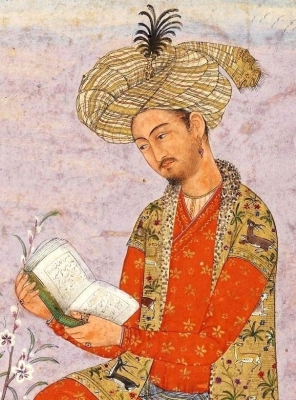
Babar is the great grandson of Tamerlane and Genghis Khan, was the first Mughal emperor in India. He confronted and defeated Lodhi in 1526 at the first battle of Panipat, and so came to establish the Mughal Empire in India. Babar ruled until 1530, and was succeeded by his son Humayun.
The Mughal imperial structure, however, is sometimes dated to 1600, to the rule of Babur’s grandson, Akbar. This imperial structure lasted until 1720, until shortly after the death of the last major emperor, Aurangzeb, during whose reign the empire also achieved its maximum geographical extent. Reduced subsequently, especially during the East India Company rule in India, to the region in and around Old Delhi, the empire was formally dissolved by the British Raj after the Indian Rebellion of 1857.
Although the Mughal Empire was created and sustained by military warfare, it did not vigorously suppress the cultures and people it came to rule; rather, it equalized and placated them through new administrative practices, and diverse ruling elites, leading to more efficient, centralised, and standardized rule. The base of the empire’s collective wealth was agricultural taxes, instituted by the third Mughal emperor, Akbar. These taxes, which amounted to well over half the output of a peasant cultivator, were paid in the well-regulated silver currency, and caused peasants and artisans to enter larger markets.
Picture Credit : Google

